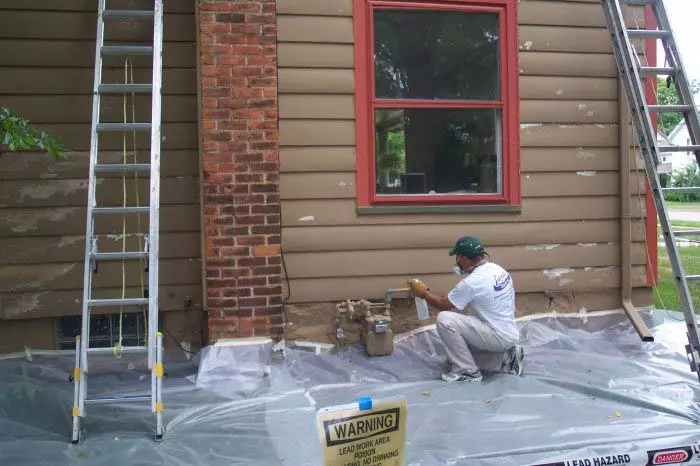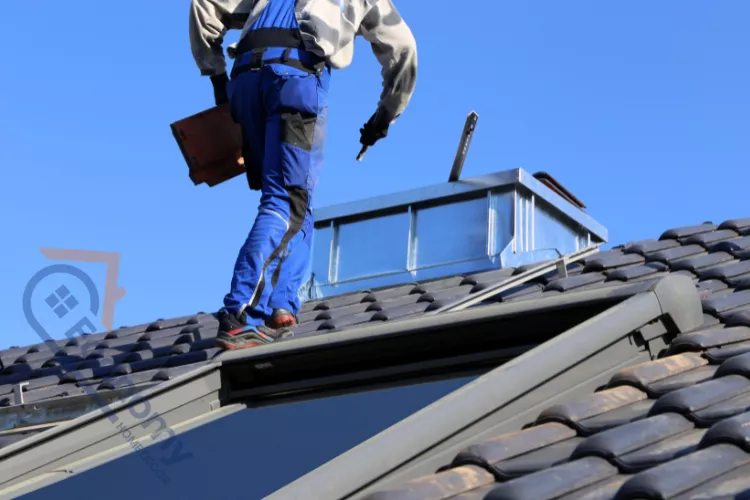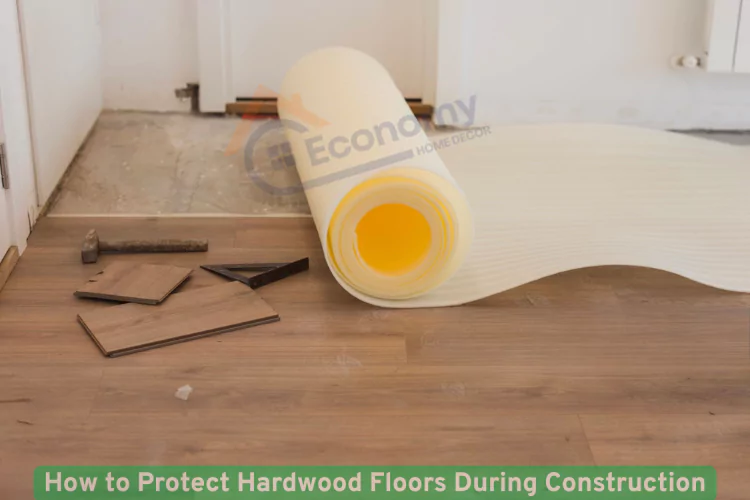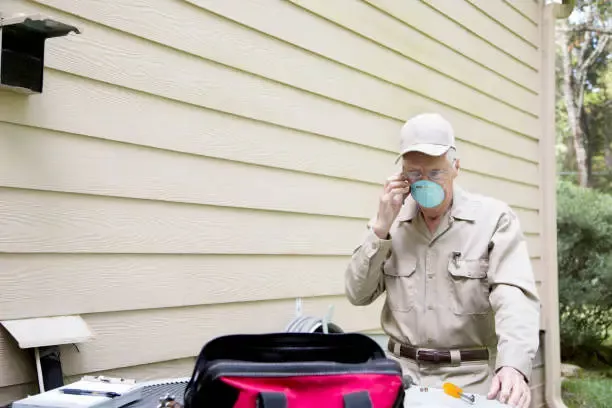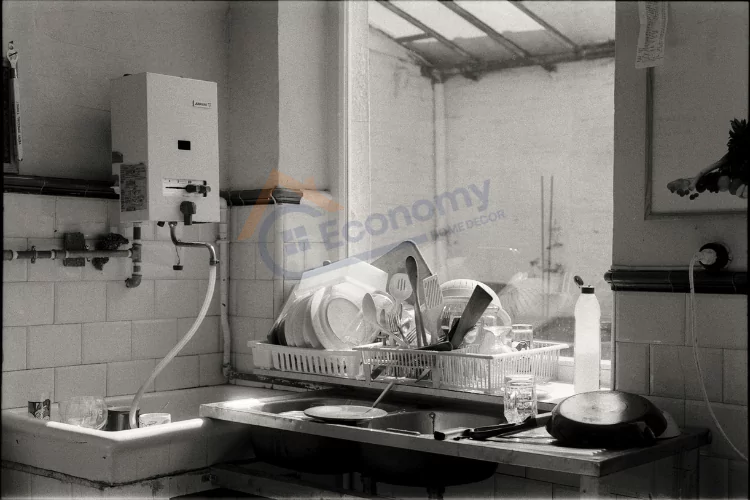When it comes to giving your home or business a fresh new look, finding the right painting contractor can make all the difference. Whether you’re dealing with peeling paint, outdated colors, or just want to refresh your space, professional painting services bring expertise and quality that DIY projects often lack. That’s where experienced contractors like Lang’s Painting come into play, offering skilled craftsmanship and reliable service.
What Makes Professional Painting Services Special?
Professional painting isn’t just about slapping some color on a wall. It’s about preparation, technique, and using the right materials to ensure lasting results. Quality painting contractors understand how different surfaces react to various paints and know exactly how to prep each area for the best possible finish. They also have access to professional-grade equipment and materials that aren’t typically available to homeowners, which means better coverage, durability, and overall appearance.
The difference between a professional job and an amateur attempt becomes obvious over time. Professional painters know how to handle challenging areas, create clean lines, and ensure that your paint job will look great for years to come. They also work efficiently, completing projects in a fraction of the time it would take most homeowners to do it themselves.
Residential Painting Services That Transform Your Home
Your home is your sanctuary, and its appearance matters. Residential painting services cover everything from single rooms to entire house exteriors. Interior painting can completely change the feel of your living space, making rooms feel larger, brighter, or cozier depending on your color choices. Professional painters help you select colors that complement your furniture and lifestyle while considering factors like natural light and room size.
Exterior painting is equally important because it protects your home from the elements while boosting curb appeal. A fresh coat of exterior paint shields your siding from moisture, sun damage, and temperature fluctuations. It’s not just about aesthetics – it’s about protecting your investment. Quality exterior painting services include thorough surface preparation, primer application, and multiple coats of weather-resistant paint designed to withstand your local climate conditions.
Commercial Painting for Business Success
First impressions matter in business, and your building’s appearance speaks volumes before customers even walk through the door. Commercial painting services help businesses maintain professional appearances that attract customers and create positive working environments for employees. From retail stores to office buildings, professional painting contractors understand the unique needs of commercial properties.
Commercial projects often require working around business hours to minimize disruption. Experienced painting companies coordinate schedules carefully, sometimes working evenings or weekends to ensure your business operations continue smoothly. They also understand commercial building codes and safety requirements, ensuring all work meets necessary standards.
The Importance of Proper Surface Preparation
Here’s something many people don’t realize: preparation is actually more important than the painting itself. Professional painting contractors spend significant time preparing surfaces before any paint touches the walls. This includes:
- Cleaning surfaces to remove dirt, grease, and mildew
- Repairing cracks, holes, and damaged areas
- Sanding rough spots for smooth finishes
- Applying primer to ensure proper paint adhesion
- Protecting floors, furniture, and fixtures with drop cloths and tape
Skipping or rushing through preparation steps leads to poor adhesion, visible imperfections, and paint that peels or chips prematurely. Professional painters never cut corners on prep work because they know it’s the foundation of quality results.
Interior vs. Exterior Painting: Different Challenges
Interior and exterior painting present unique challenges that require different approaches and materials. Interior painting focuses on creating beautiful, comfortable spaces while protecting surfaces from daily wear and tear. Interior paints come in various finishes – from flat to high-gloss – each suited for different rooms and purposes. Kitchens and bathrooms benefit from moisture-resistant paints, while living areas might use flat or eggshell finishes for a softer appearance.
Exterior painting battles weather conditions and must withstand rain, sun, wind, and temperature changes. Exterior paints contain special additives that resist fading, cracking, and mildew growth. The application process also differs, often requiring specialized equipment like sprayers and scaffolding for hard-to-reach areas.
| Aspect | Interior Painting | Exterior Painting |
|---|---|---|
| Primary Purpose | Aesthetics and comfort | Protection and curb appeal |
| Paint Type | Low-VOC, various finishes | Weather-resistant, UV-protected |
| Preparation Time | Moderate | Extensive (includes power washing) |
| Typical Duration | 1-3 days per room | 3-7 days for full house |
| Main Challenges | Furniture, fixtures | Weather, height, surface conditions |
Why Color Selection Matters More Than You Think
Choosing paint colors might seem straightforward, but it’s actually one of the most important decisions in any painting project. Colors affect mood, perceived room size, and how spaces flow together. Professional painting consultants help clients navigate color selection by considering lighting conditions, existing furnishings, and personal preferences. They can also provide sample applications so you can see how colors look on your actual walls before committing to an entire room.
Trends come and go, but timeless colors maintain their appeal for years. Neutral palettes remain popular because they’re versatile and create calm environments, while accent walls allow for bolder color choices without overwhelming spaces. Understanding color theory and how different shades interact helps create cohesive designs throughout your property.
The Value of Quality Materials
Not all paint is created equal, and experienced contractors know this well. Premium paints cost more upfront but provide better coverage, require fewer coats, and last significantly longer than budget options. They also typically contain fewer volatile organic compounds (VOCs), making them healthier for indoor air quality. Professional painting services invest in quality materials because they understand that using inferior products leads to customer dissatisfaction and callbacks.
Quality brushes, rollers, and sprayers also make noticeable differences in final results. Professional-grade tools create smoother finishes, reduce streaking, and apply paint more evenly. These tools, combined with skilled techniques, produce the crisp lines and flawless surfaces that define professional work.
Safety and Insurance Considerations
Painting might not seem dangerous, but it involves working at heights, handling chemicals, and using specialized equipment. Professional painting contractors carry proper insurance coverage, including liability insurance and workers’ compensation. This protects both the contractor’s employees and your property in case of accidents. They also follow OSHA safety guidelines and use appropriate safety equipment like harnesses, scaffolding, and respirators when necessary.
Licensed and insured contractors provide peace of mind that DIY projects or unlicensed workers simply can’t match. Before hiring any painting service, always verify their credentials and ask about their insurance coverage.
Seasonal Considerations for Painting Projects
Timing matters when planning painting projects. Exterior painting works best during moderate weather – typically spring through fall in most parts of the United States. Paint needs specific temperature ranges to cure properly, and extreme heat or cold can cause application problems and poor adhesion. Humidity also affects drying times and final results.
Interior painting offers more flexibility since indoor temperatures stay relatively constant. However, many homeowners prefer scheduling interior projects during months when they can keep windows open for ventilation. Professional contractors help clients choose optimal timing based on weather patterns, project scope, and personal schedules.
Maintaining Your Newly Painted Surfaces
A professional paint job should last years with proper maintenance. Interior walls benefit from regular gentle cleaning with soft cloths and mild soap solutions. Avoid harsh chemicals that might damage paint finishes. Touch-up paint stored properly can fix minor scuffs and marks before they become noticeable problems.
Exterior surfaces require periodic inspection for signs of damage, peeling, or fading. Regular cleaning removes dirt and mildew that can degrade paint over time. Most exterior paint jobs last seven to ten years depending on climate conditions, surface preparation quality, and paint grade used.
Key Maintenance Tips:
- Clean painted surfaces gently to avoid damage
- Address water damage immediately to prevent spreading
- Keep touch-up paint properly sealed for future use
- Inspect exterior paint annually for early problem detection
- Remove mildew promptly with appropriate cleaners
Understanding the Painting Process Timeline
Every painting project follows a general timeline, though specific durations vary based on project size and complexity. Understanding what to expect helps you plan accordingly and set realistic expectations. Initial consultations involve discussing your vision, inspecting surfaces, and providing estimates. Once you approve the proposal, contractors schedule the work around your availability.
The actual painting process begins with thorough preparation – this can’t be rushed. Application follows, with multiple coats applied as needed. Finally, cleanup and final walk-throughs ensure everything meets quality standards. Professional contractors maintain clear communication throughout, updating you on progress and addressing any concerns promptly.
Cost Factors in Professional Painting
Several factors influence painting project costs. Square footage is obvious, but surface condition matters significantly too. Heavily damaged walls requiring extensive repairs cost more than surfaces in good condition. Paint quality affects pricing, as do the number of colors and complexity of designs. High ceilings, intricate trim work, and hard-to-reach areas also increase labor costs.
Getting detailed written estimates from multiple contractors helps you understand fair market rates. Be wary of quotes that seem unusually low – they often indicate cut corners or hidden fees. Quality contractors provide transparent pricing that reflects the work involved and materials used.

